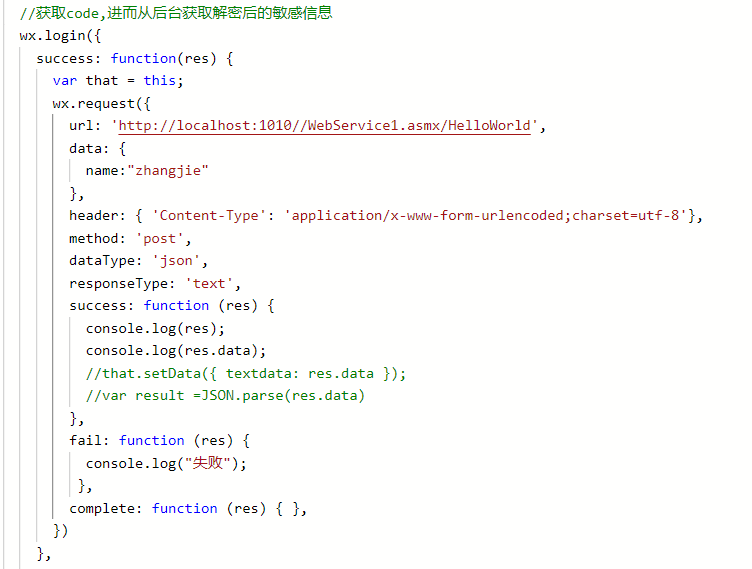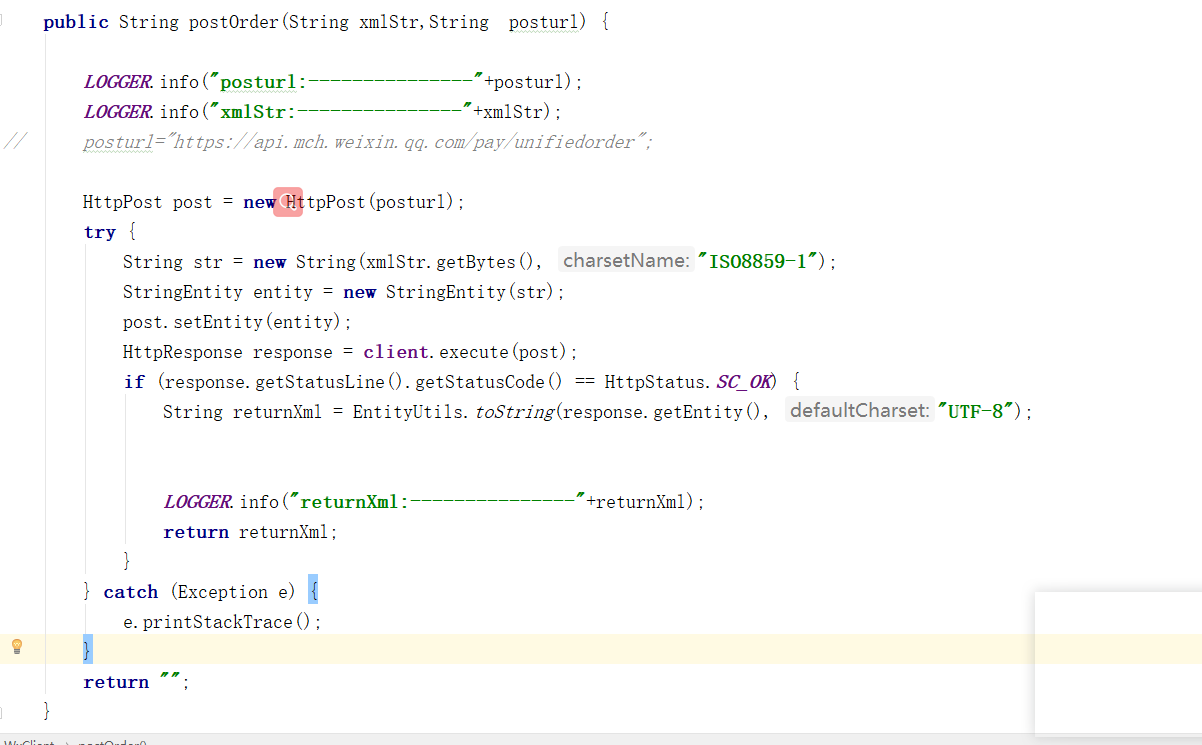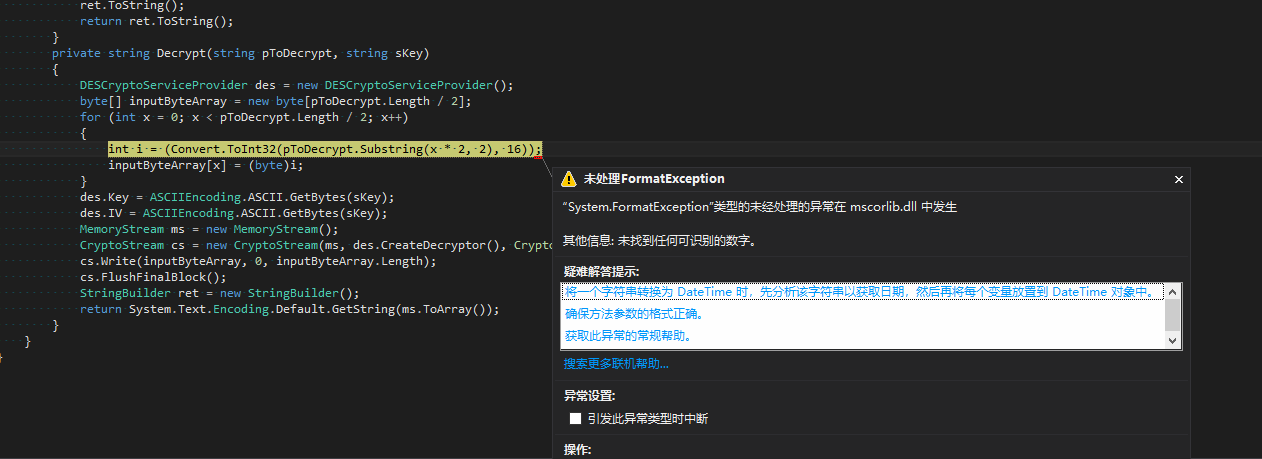Possible Duplicate:
Google Maps output=kml broken?
I started to get Error when I\'m trying to retrieve Google Directions using KML data since few days. The Error seems that the URL I\'m requesting doesn\'t retreieve KML data anymore, it returns a whole page. I followed this in order to achieve that.
What is the solution for this? Is there any alternatives?
Update:
Since Android Google Maps v2 is now used, the code needs to be adjusted to work on v2 maps which can be found here.
Original Answer:
This way of extracting the Google Directions from Google by parsing the KML file is no longer available since 27 July 2012 (because Google has changed the structure of retrieving Google Directions, now you can only get it by JSON or XML), it is time to migrate your code to JSON instead of KML.
I did it by creating 6 classes like this:
Parser.java:
public interface Parser {
public Route parse();
}
XMLParser.java:
public class XMLParser {
// names of the XML tags
protected static final String MARKERS = \"markers\";
protected static final String MARKER = \"marker\";
protected URL feedUrl;
protected XMLParser(final String feedUrl) {
try {
this.feedUrl = new URL(feedUrl);
} catch (MalformedURLException e) {
//Log.e(e.getMessage(), \"XML parser - \" + feedUrl);
}
}
protected InputStream getInputStream() {
try {
return feedUrl.openConnection().getInputStream();
} catch (IOException e) {
//Log.e(e.getMessage(), \"XML parser - \" + feedUrl);
return null;
}
}
}
Segment.java:
public class Segment {
/** Points in this segment. **/
private GeoPoint start;
/** Turn instruction to reach next segment. **/
private String instruction;
/** Length of segment. **/
private int length;
/** Distance covered. **/
private double distance;
/**
* Create an empty segment.
*/
public Segment() {
}
/**
* Set the turn instruction.
* @param turn Turn instruction string.
*/
public void setInstruction(final String turn) {
this.instruction = turn;
}
/**
* Get the turn instruction to reach next segment.
* @return a String of the turn instruction.
*/
public String getInstruction() {
return instruction;
}
/**
* Add a point to this segment.
* @param point GeoPoint to add.
*/
public void setPoint(final GeoPoint point) {
start = point;
}
/** Get the starting point of this
* segment.
* @return a GeoPoint
*/
public GeoPoint startPoint() {
return start;
}
/** Creates a segment which is a copy of this one.
* @return a Segment that is a copy of this one.
*/
public Segment copy() {
final Segment copy = new Segment();
copy.start = start;
copy.instruction = instruction;
copy.length = length;
copy.distance = distance;
return copy;
}
/**
* @param length the length to set
*/
public void setLength(final int length) {
this.length = length;
}
/**
* @return the length
*/
public int getLength() {
return length;
}
/**
* @param distance the distance to set
*/
public void setDistance(double distance) {
this.distance = distance;
}
/**
* @return the distance
*/
public double getDistance() {
return distance;
}
}
Route.java:
public class Route {
private String name;
private final List<GeoPoint> points;
private List<Segment> segments;
private String copyright;
private String warning;
private String country;
private int length;
private String polyline;
public Route() {
points = new ArrayList<GeoPoint>();
segments = new ArrayList<Segment>();
}
public void addPoint(final GeoPoint p) {
points.add(p);
}
public void addPoints(final List<GeoPoint> points) {
this.points.addAll(points);
}
public List<GeoPoint> getPoints() {
return points;
}
public void addSegment(final Segment s) {
segments.add(s);
}
public List<Segment> getSegments() {
return segments;
}
/**
* @param name the name to set
*/
public void setName(final String name) {
this.name = name;
}
/**
* @return the name
*/
public String getName() {
return name;
}
/**
* @param copyright the copyright to set
*/
public void setCopyright(String copyright) {
this.copyright = copyright;
}
/**
* @return the copyright
*/
public String getCopyright() {
return copyright;
}
/**
* @param warning the warning to set
*/
public void setWarning(String warning) {
this.warning = warning;
}
/**
* @return the warning
*/
public String getWarning() {
return warning;
}
/**
* @param country the country to set
*/
public void setCountry(String country) {
this.country = country;
}
/**
* @return the country
*/
public String getCountry() {
return country;
}
/**
* @param length the length to set
*/
public void setLength(int length) {
this.length = length;
}
/**
* @return the length
*/
public int getLength() {
return length;
}
/**
* @param polyline the polyline to set
*/
public void setPolyline(String polyline) {
this.polyline = polyline;
}
/**
* @return the polyline
*/
public String getPolyline() {
return polyline;
}
}
GoogleParser.java:
public class GoogleParser extends XMLParser implements Parser {
/** Distance covered. **/
private int distance;
public GoogleParser(String feedUrl) {
super(feedUrl);
}
/**
* Parses a url pointing to a Google JSON object to a Route object.
* @return a Route object based on the JSON object.
*/
public Route parse() {
// turn the stream into a string
final String result = convertStreamToString(this.getInputStream());
//Create an empty route
final Route route = new Route();
//Create an empty segment
final Segment segment = new Segment();
try {
//Tranform the string into a json object
final JSONObject json = new JSONObject(result);
//Get the route object
final JSONObject jsonRoute = json.getJSONArray(\"routes\").getJSONObject(0);
//Get the leg, only one leg as we don\'t support waypoints
final JSONObject leg = jsonRoute.getJSONArray(\"legs\").getJSONObject(0);
//Get the steps for this leg
final JSONArray steps = leg.getJSONArray(\"steps\");
//Number of steps for use in for loop
final int numSteps = steps.length();
//Set the name of this route using the start & end addresses
route.setName(leg.getString(\"start_address\") + \" to \" + leg.getString(\"end_address\"));
//Get google\'s copyright notice (tos requirement)
route.setCopyright(jsonRoute.getString(\"copyrights\"));
//Get the total length of the route.
route.setLength(leg.getJSONObject(\"distance\").getInt(\"value\"));
//Get any warnings provided (tos requirement)
if (!jsonRoute.getJSONArray(\"warnings\").isNull(0)) {
route.setWarning(jsonRoute.getJSONArray(\"warnings\").getString(0));
}
/* Loop through the steps, creating a segment for each one and
* decoding any polylines found as we go to add to the route object\'s
* map array. Using an explicit for loop because it is faster!
*/
for (int i = 0; i < numSteps; i++) {
//Get the individual step
final JSONObject step = steps.getJSONObject(i);
//Get the start position for this step and set it on the segment
final JSONObject start = step.getJSONObject(\"start_location\");
final GeoPoint position = new GeoPoint((int) (start.getDouble(\"lat\")*1E6),
(int) (start.getDouble(\"lng\")*1E6));
segment.setPoint(position);
//Set the length of this segment in metres
final int length = step.getJSONObject(\"distance\").getInt(\"value\");
distance += length;
segment.setLength(length);
segment.setDistance(distance/1000);
//Strip html from google directions and set as turn instruction
segment.setInstruction(step.getString(\"html_instructions\").replaceAll(\"<(.*?)*>\", \"\"));
//Retrieve & decode this segment\'s polyline and add it to the route.
route.addPoints(decodePolyLine(step.getJSONObject(\"polyline\").getString(\"points\")));
//Push a copy of the segment to the route
route.addSegment(segment.copy());
}
} catch (JSONException e) {
Log.e(e.getMessage(), \"Google JSON Parser - \" + feedUrl);
}
return route;
}
/**
* Convert an inputstream to a string.
* @param input inputstream to convert.
* @return a String of the inputstream.
*/
private static String convertStreamToString(final InputStream input) {
final BufferedReader reader = new BufferedReader(new InputStreamReader(input));
final StringBuilder sBuf = new StringBuilder();
String line = null;
try {
while ((line = reader.readLine()) != null) {
sBuf.append(line);
}
} catch (IOException e) {
Log.e(e.getMessage(), \"Google parser, stream2string\");
} finally {
try {
input.close();
} catch (IOException e) {
Log.e(e.getMessage(), \"Google parser, stream2string\");
}
}
return sBuf.toString();
}
/**
* Decode a polyline string into a list of GeoPoints.
* @param poly polyline encoded string to decode.
* @return the list of GeoPoints represented by this polystring.
*/
private List<GeoPoint> decodePolyLine(final String poly) {
int len = poly.length();
int index = 0;
List<GeoPoint> decoded = new ArrayList<GeoPoint>();
int lat = 0;
int lng = 0;
while (index < len) {
int b;
int shift = 0;
int result = 0;
do {
b = poly.charAt(index++) - 63;
result |= (b & 0x1f) << shift;
shift += 5;
} while (b >= 0x20);
int dlat = ((result & 1) != 0 ? ~(result >> 1) : (result >> 1));
lat += dlat;
shift = 0;
result = 0;
do {
b = poly.charAt(index++) - 63;
result |= (b & 0x1f) << shift;
shift += 5;
} while (b >= 0x20);
int dlng = ((result & 1) != 0 ? ~(result >> 1) : (result >> 1));
lng += dlng;
decoded.add(new GeoPoint(
(int) (lat*1E6 / 1E5), (int) (lng*1E6 / 1E5)));
}
return decoded;
}
}
RouteOverlay.java:
public class RouteOverlay extends Overlay {
/** GeoPoints representing this routePoints. **/
private final List<GeoPoint> routePoints;
/** Colour to paint routePoints. **/
private int colour;
/** Alpha setting for route overlay. **/
private static final int ALPHA = 120;
/** Stroke width. **/
private static final float STROKE = 4.5f;
/** Route path. **/
private final Path path;
/** Point to draw with. **/
private final Point p;
/** Paint for path. **/
private final Paint paint;
/**
* Public constructor.
*
* @param route Route object representing the route.
* @param defaultColour default colour to draw route in.
*/
public RouteOverlay(final Route route, final int defaultColour) {
super();
routePoints = route.getPoints();
colour = defaultColour;
path = new Path();
p = new Point();
paint = new Paint();
}
@Override
public final void draw(final Canvas c, final MapView mv,
final boolean shadow) {
super.draw(c, mv, shadow);
paint.setColor(colour);
paint.setAlpha(ALPHA);
paint.setAntiAlias(true);
paint.setStrokeWidth(STROKE);
paint.setStyle(Paint.Style.STROKE);
redrawPath(mv);
c.drawPath(path, paint);
}
/**
* Set the colour to draw this route\'s overlay with.
*
* @param c Int representing colour.
*/
public final void setColour(final int c) {
colour = c;
}
/**
* Clear the route overlay.
*/
public final void clear() {
routePoints.clear();
}
/**
* Recalculate the path accounting for changes to
* the projection and routePoints.
* @param mv MapView the path is drawn to.
*/
private void redrawPath(final MapView mv) {
final Projection prj = mv.getProjection();
path.rewind();
final Iterator<GeoPoint> it = routePoints.iterator();
prj.toPixels(it.next(), p);
path.moveTo(p.x, p.y);
while (it.hasNext()) {
prj.toPixels(it.next(), p);
path.lineTo(p.x, p.y);
}
path.setLastPoint(p.x, p.y);
}
}
And then you do this inside the Activity that includes the Map:
1-Add this function:
private Route directions(final GeoPoint start, final GeoPoint dest) {
Parser parser;
//https://developers.google.com/maps/documentation/directions/#JSON <- get api
String jsonURL = \"http://maps.googleapis.com/maps/api/directions/json?\";
final StringBuffer sBuf = new StringBuffer(jsonURL);
sBuf.append(\"origin=\");
sBuf.append(start.getLatitudeE6()/1E6);
sBuf.append(\',\');
sBuf.append(start.getLongitudeE6()/1E6);
sBuf.append(\"&destination=\");
sBuf.append(dest.getLatitudeE6()/1E6);
sBuf.append(\',\');
sBuf.append(dest.getLongitudeE6()/1E6);
sBuf.append(\"&sensor=true&mode=driving\");
parser = new GoogleParser(sBuf.toString());
Route r = parser.parse();
return r;
}
2- Add this in onCreate() function:
MapView mapView = (MapView) findViewById(R.id.mapview); //or you can declare it directly with the API key
Route route = directions(new GeoPoint((int)(26.2*1E6),(int)(50.6*1E6)), new GeoPoint((int)(26.3*1E6),(int)(50.7*1E6)));
RouteOverlay routeOverlay = new RouteOverlay(route, Color.BLUE);
mapView.getOverlays().add(routeOverlay);
mapView.invalidate();
EDIT: If you get an exception, please use directions() function in an AsyncTask to avoid network processing on the UI thread.




